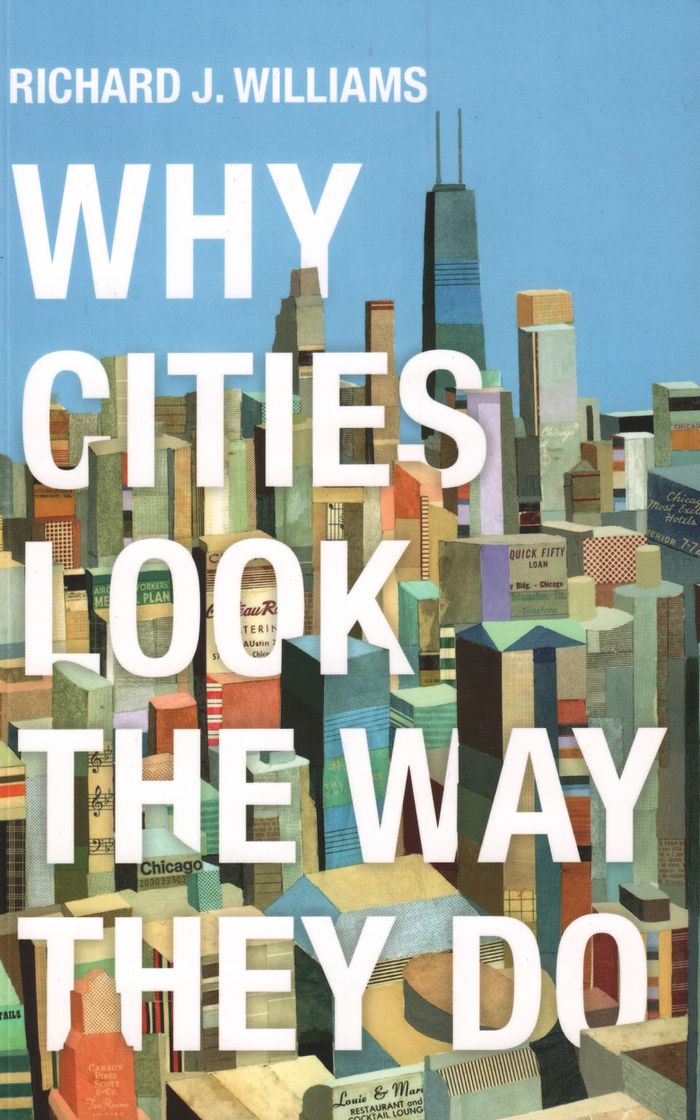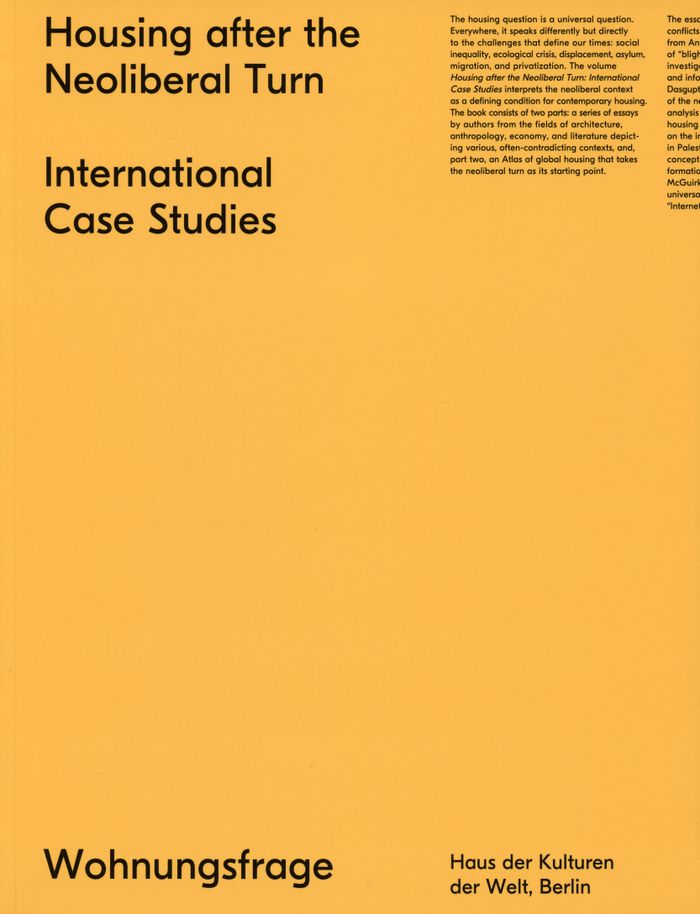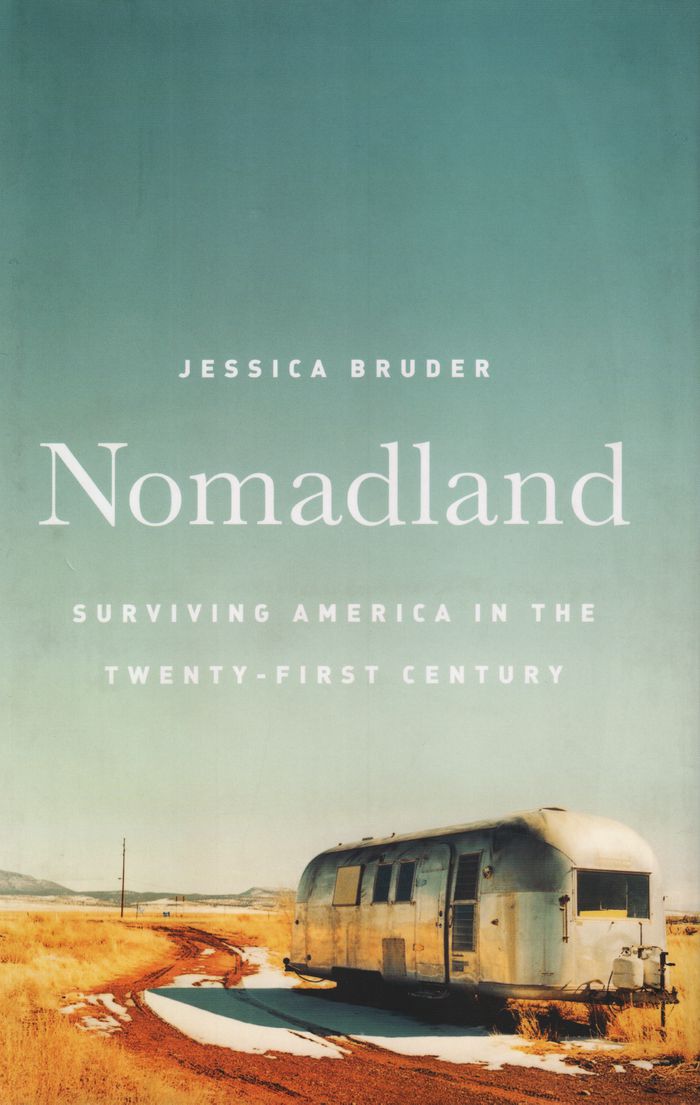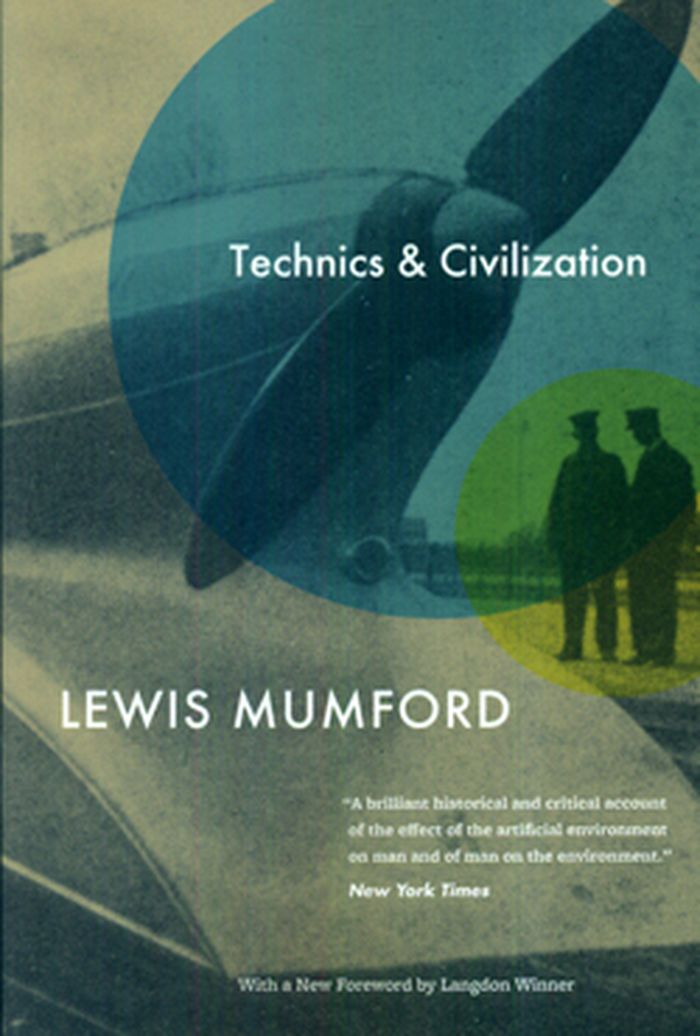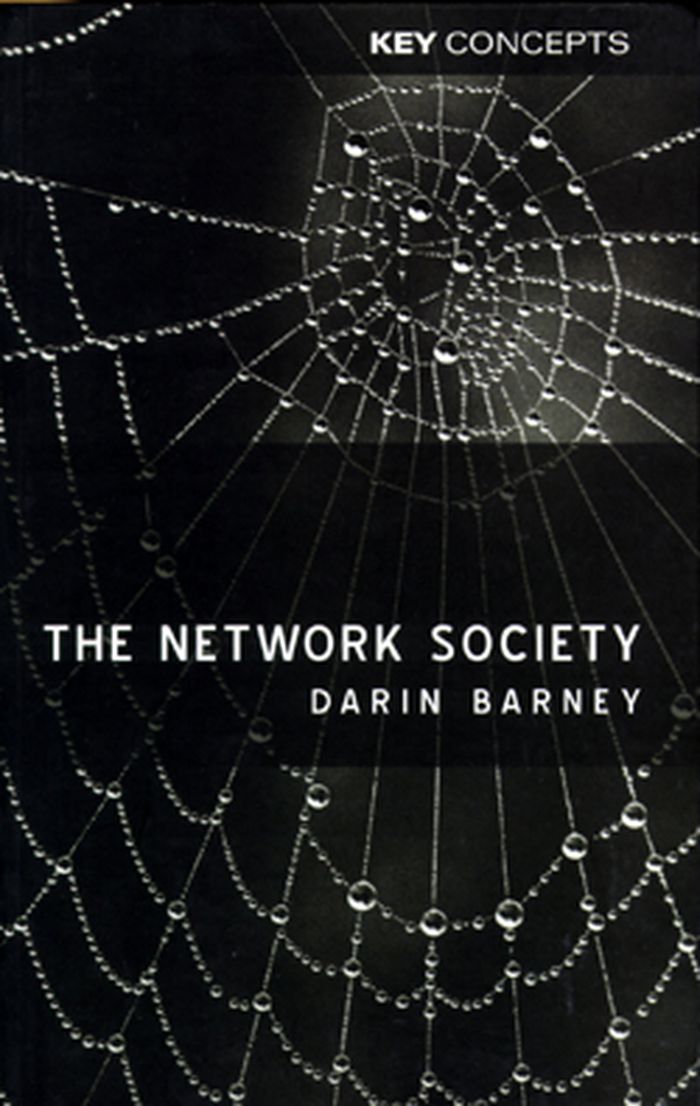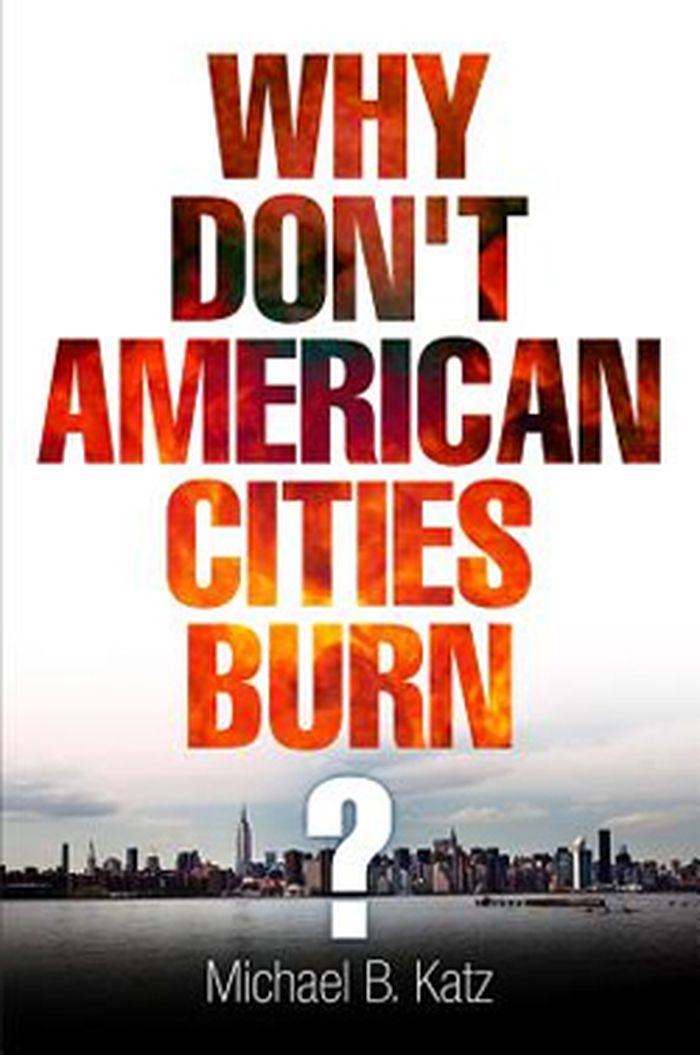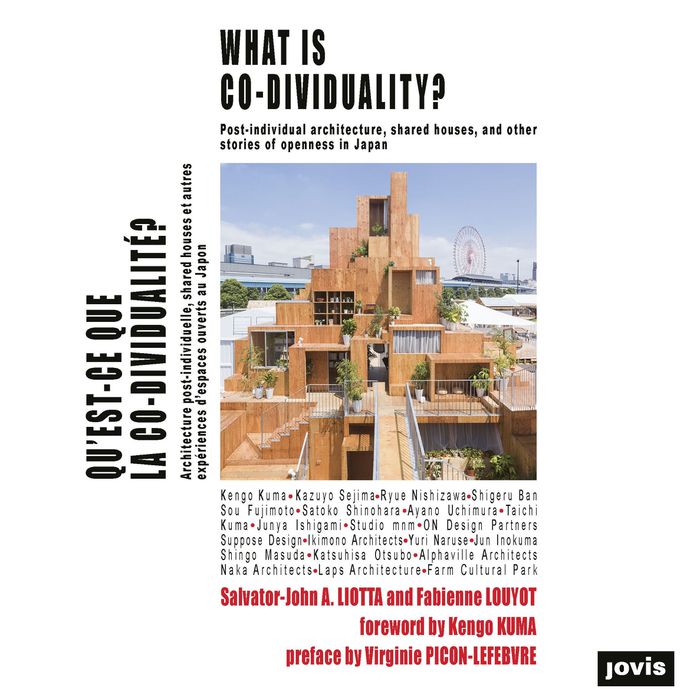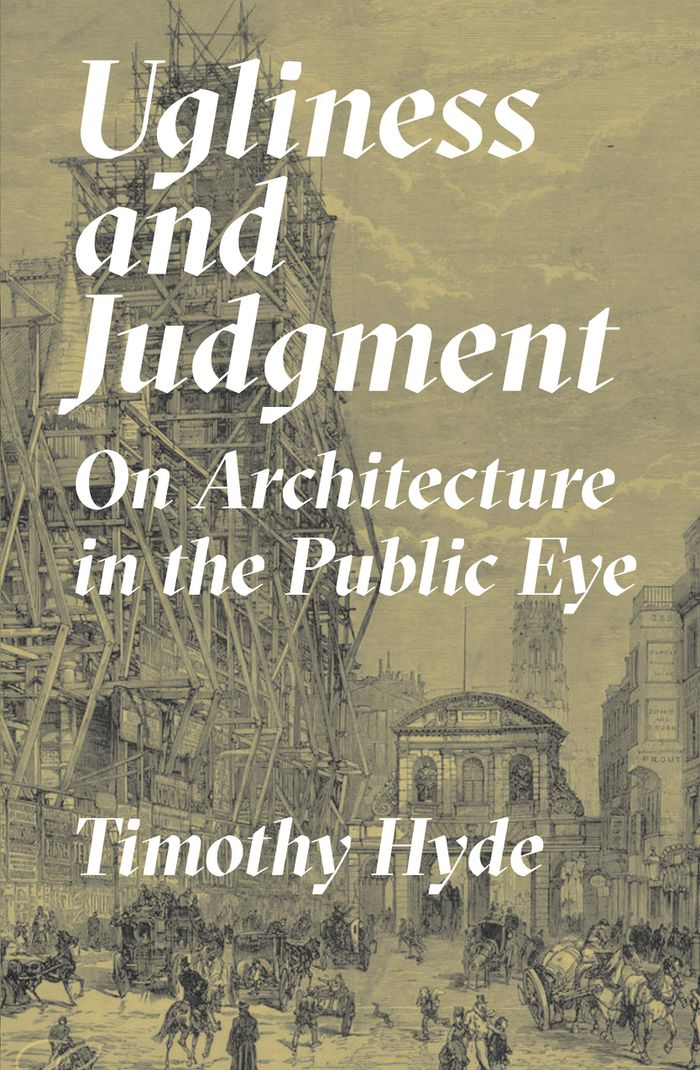$29.95
(available to order)
Summary:
We tend to think cities look the way they do because of the conscious work of architects, planners and builders. But what if the look of cities had less to do with design, and more to do with social, cultural, financial and political processes, and the way ordinary citizens interact with them? This book is the story of dramatic but unforeseen urban sights: how(...)
Why cities look the way they do
Actions:
Price:
$29.95
(available to order)
Summary:
We tend to think cities look the way they do because of the conscious work of architects, planners and builders. But what if the look of cities had less to do with design, and more to do with social, cultural, financial and political processes, and the way ordinary citizens interact with them? This book is the story of dramatic but unforeseen urban sights: how financial capital spawns empty towering skyscrapers and hollowed-out ghettoes; how the zoning of once-illicit sexual practices in marginal areas of the city results in the reinvention of culturally vibrant gay villages; how abandoned factories have been repurposed as creative hubs in a precarious postindustrial economy. It is also the story of how popular urban clichés and the fictional portrayal of cities powerfully shape the way we read and see the bricks, concrete and glass that surround us.
Urban Theory
$36.00
(available to order)
Summary:
Housing speaks directly to the challenges that define our times: social inequality, ecological crisis, displacement, asylum, migration and privatization. Framing the neo-liberal context as a defining condition of contemporary housing, International Case Studies consists of two parts: a series of essays by authors from architecture, anthropology, economy and literature,(...)
Collective Housing
July 2016
Housing after the neoliberal turn: international case studies
Actions:
Price:
$36.00
(available to order)
Summary:
Housing speaks directly to the challenges that define our times: social inequality, ecological crisis, displacement, asylum, migration and privatization. Framing the neo-liberal context as a defining condition of contemporary housing, International Case Studies consists of two parts: a series of essays by authors from architecture, anthropology, economy and literature, and an “atlas” of global housing that takes neo-liberalism as its starting point. The essays shed light on the challenges and conflicts of contemporary housing production from Andrew Herscher’s research on the politics of “blight” in Detroit to Justin McGuirk’s text on domesticity as data and universal housing questions eclipse by the “Internet of Things.” Conceptualized and compiled by architectural critic-historian Anne Kockelkorn and Columbia professor Reinhold Martin, the illustrated “atlas” presents 33 housing examples rarely seen together and invites readers to think of housing as an unstable constellation evolving within the power relations of territorial processes.
Collective Housing
$45.50
(available to order)
Summary:
Today, architecture in China is at a watershed. Over the last decade, rapid urbanisation and the burgeoning economy turned the country into a playground for the world’s signature architects, making it possible to realise extravagant forms and structures at a vast scale. The Chinese government has now drawn a line under this phenomenon by issuing a directive calling an end(...)
AD China homegrown: Chinese experimental architecture reborn
Actions:
Price:
$45.50
(available to order)
Summary:
Today, architecture in China is at a watershed. Over the last decade, rapid urbanisation and the burgeoning economy turned the country into a playground for the world’s signature architects, making it possible to realise extravagant forms and structures at a vast scale. The Chinese government has now drawn a line under this phenomenon by issuing a directive calling an end to the ‘oversized, xenocentric, weird’ buildings devoid of character or cultural heritage that have sprung up across the country, requiring that urban architecture be 'suitable, economic, green and pleasing to the eye'. This government directive comes at a time when homegrown architecture has become increasingly self-assured and reflective in its approach. A new generation of architects in China in their 30s and 40s are emerging, and in a wholly contemporary way they are exploring local responses to often bewildering urban and rural conditions and serious social and environmental challenges
Magazines
$35.95
(available to order)
Summary:
From the beet fields of North Dakota to the National Forest campgrounds of California to Amazon's CamperForce program in Texas, employers have discovered a new, low-cost labor pool, made up largely of transient older Americans. Finding that social security comes up short, often underwater on mortgages, these invisible casualties of the Great Recession have taken to the(...)
Nomadland: surviving America in the twenty-first century
Actions:
Price:
$35.95
(available to order)
Summary:
From the beet fields of North Dakota to the National Forest campgrounds of California to Amazon's CamperForce program in Texas, employers have discovered a new, low-cost labor pool, made up largely of transient older Americans. Finding that social security comes up short, often underwater on mortgages, these invisible casualties of the Great Recession have taken to the road by the tens of thousands in late-model RVs, travel trailers, and vans, forming a growing community of nomads: migrant laborers who call themselves ''workampers.'' On frequently traveled routes between seasonal jobs, Jessica Bruder meets people from all walks of life: accompanying them from campground toilet cleaning to warehouse product scanning to desert reunions, then moving on to the dangerous work of beet harvesting, Bruder tells an eye-opening tale of the dark underbelly of the American economy- one that foreshadows the precarious future that may await many more of us.
Current Exhibitions
Technics & civilization
$45.95
(available to order)
Summary:
Technics and Civilization first presented its compelling history of the machine and critical study of its effects on civilization in 1934 —before television, the personal computer, and the Internet even appeared on our periphery. Drawing upon art, science, philosophy, and the history of culture, Lewis Mumford explained the origin of the machine age and traced its(...)
Technics & civilization
Actions:
Price:
$45.95
(available to order)
Summary:
Technics and Civilization first presented its compelling history of the machine and critical study of its effects on civilization in 1934 —before television, the personal computer, and the Internet even appeared on our periphery. Drawing upon art, science, philosophy, and the history of culture, Lewis Mumford explained the origin of the machine age and traced its social results, asserting that the development of modern technology had its roots in the Middle Ages rather than the Industrial Revolution. Mumford sagely argued that it was the moral, economic, and political choices we made, not the machines that we used, that determined our then industrially driven economy. Equal parts powerful history and polemic criticism, this book was the first comprehensive attempt in English to portray the development of the machine age over the last thousand years — and to predict the pull the technological still holds over us today.
Architectural Theory
The network society
$28.99
(available to order)
Summary:
In The Network Society, Darin Barney provides a compelling examination of the social, political and economic implications of network technologies and their application across a wide range of practices and institutions. Are we in the midst of a digital revolution? Have new information and communication technologies given birth to a new form of society, or do they(...)
The network society
Actions:
Price:
$28.99
(available to order)
Summary:
In The Network Society, Darin Barney provides a compelling examination of the social, political and economic implications of network technologies and their application across a wide range of practices and institutions. Are we in the midst of a digital revolution? Have new information and communication technologies given birth to a new form of society, or do they reinforce and extend existing patterns and relationships? This book provides a clear and engaging discussion of these and other questions. Using a sophisticated model of the relationship between technology and society, Barney investigates both what has changed, and what has remained the same, in the age of the Internet. Among the issues discussed are debates concerning the emergence of a 'knowledge economy'; digital restructuring of employment and work; globalization and the status of the nation-state; the prospects of digital democracy; the digital divide; new social movements; and culture, community and identity in the age of new media. This book provides an accessible resource for a thoughtful engagement with life in the network society. It will be essential reading for students in sociology and media and communication studies. This will be a valuable textbook for undergraduate students of sociology and media and communication studies.
Epistemology
$39.99
(available to order)
Summary:
Why Don't American Cities Burn? traces the collision of urban transformation with the rightward-moving social politics of late twentieth- and early twenty-first-century America. He shows how the bifurcation of black social structures produced a new African American inequality and traces the shift from images of a pathological black "underclass" to praise of the(...)
Why don't American cities burn?
Actions:
Price:
$39.99
(available to order)
Summary:
Why Don't American Cities Burn? traces the collision of urban transformation with the rightward-moving social politics of late twentieth- and early twenty-first-century America. He shows how the bifurcation of black social structures produced a new African American inequality and traces the shift from images of a pathological black "underclass" to praise of the entrepreneurial poor who take advantage of new technologies of poverty work to find the beginning of the path to the middle class. He explores the reasons American cities since the early 1970s have remained relatively free of collective violence while black men in bleak inner-city neighborhoods have turned their rage inward on one another rather than on the agents and symbols of a culture and political economy that exclude them. The book ends with a meditation on how the political left and right have come to believe that urban transformation is inevitably one of failure and decline abetted by the response of government to deindustrialization, poverty, and race. How, Katz asks, can we construct a new narrative that acknowledges the dark side of urban history even as it demonstrates the capacity of government to address the problems of cities and their residents? How can we create a politics of modest hope?
Urban Theory
The new Chinese city
$47.95
(available to order)
Summary:
Urbanisation and urban development are the focus of this comprehensive account which introduces readers to the far-reaching changes now taking place in Chinese cities. New and established scholars from the fields of geography, sociology and urban planning, including Chinese social scientists, contribute chapters on the development of Chinese cities up to the turn of the(...)
The new Chinese city
Actions:
Price:
$47.95
(available to order)
Summary:
Urbanisation and urban development are the focus of this comprehensive account which introduces readers to the far-reaching changes now taking place in Chinese cities. New and established scholars from the fields of geography, sociology and urban planning, including Chinese social scientists, contribute chapters on the development of Chinese cities up to the turn of the twenty-first century. All their work reflects the most recent scholarship. The book's original approach links the visible changes in urban life to changes in the larger political economy of China. Conversely, broad concepts that are central to understanding the country's re-emergence on the world stage, such as the transition from socialism, market reform, and globalization, are made tangible in their effects on people's daily lives in Chinese cities and in detailed examination of how these cities have developed. Case materials are drawn from all China's major cities, but particular attention is paid to Shanghai and Hong Kong.
Urban Theory
What is co-dividuality?: post-individual architecture, shared houses and other stories of openness
$48.95
(available to order)
Summary:
This book explores the concept of co-dividuality, an architecture that expresses a new response to joint living in the age of postindividualism, social media, and the sharing economy. The focus lies on current experimentation in Japanese architecture and presents thematic homes with shared spaces designed as a result of warm, simple, fun and contemporary design(...)
June 2020
What is co-dividuality?: post-individual architecture, shared houses and other stories of openness
Actions:
Price:
$48.95
(available to order)
Summary:
This book explores the concept of co-dividuality, an architecture that expresses a new response to joint living in the age of postindividualism, social media, and the sharing economy. The focus lies on current experimentation in Japanese architecture and presents thematic homes with shared spaces designed as a result of warm, simple, fun and contemporary design reflections. In addition to their private room, the co-tenants have large common areas where they can practice urban farming, create a start-up, cook together, or experience new spatial ergonomics. The book offers an overview not only on domestic space but also on projects characterized by a multifarious mix between public and private spheres. 'What Is Co-dividuality?' reflects on how we might want to live tomorrow. The book includes projects by Kengo Kuma, Kazuyo Sejima, Ryue Nishizawa, Shigeru Ban, Sou Fujimoto, Satoko Shinohara, Ayano Uchimura, Taichi Kuma, Junya Ishigami, Suppose Design, Naruse Inokuma, and Masuda + Otsubo, among others.
$38.95
(available to order)
Summary:
In this book, Timothy Hyde considers the role of aesthetic judgment in architectural debates and their resulting social effects across three centuries of British architectural history. From eighteenth-century ideas about Stonehenge to Prince Charles’s opinions about the National Gallery, Hyde uncovers a new story of aesthetic judgment, where arguments about architectural(...)
Ugliness and judgment: On architecture in the public eye
Actions:
Price:
$38.95
(available to order)
Summary:
In this book, Timothy Hyde considers the role of aesthetic judgment in architectural debates and their resulting social effects across three centuries of British architectural history. From eighteenth-century ideas about Stonehenge to Prince Charles’s opinions about the National Gallery, Hyde uncovers a new story of aesthetic judgment, where arguments about architectural ugliness do not pertain solely to buildings or assessments of style, but intrude into other spheres of civil society. Hyde explores how accidental and willful conditions of ugliness have been debated in parliamentary committees, courtrooms, and public inquiries. He recounts how architects such as Christopher Wren, John Soane, James Stirling, and Ludwig Mies van der Rohe have been summoned by tribunals of aesthetic judgment. With his novel scrutiny of lawsuits for libel, changing paradigms of nuisance law, and conventions of monarchical privilege, he shows how aesthetic judgments have become entangled in wider assessments of art, science, religion, political economy, and the state.
Architectural Theory
